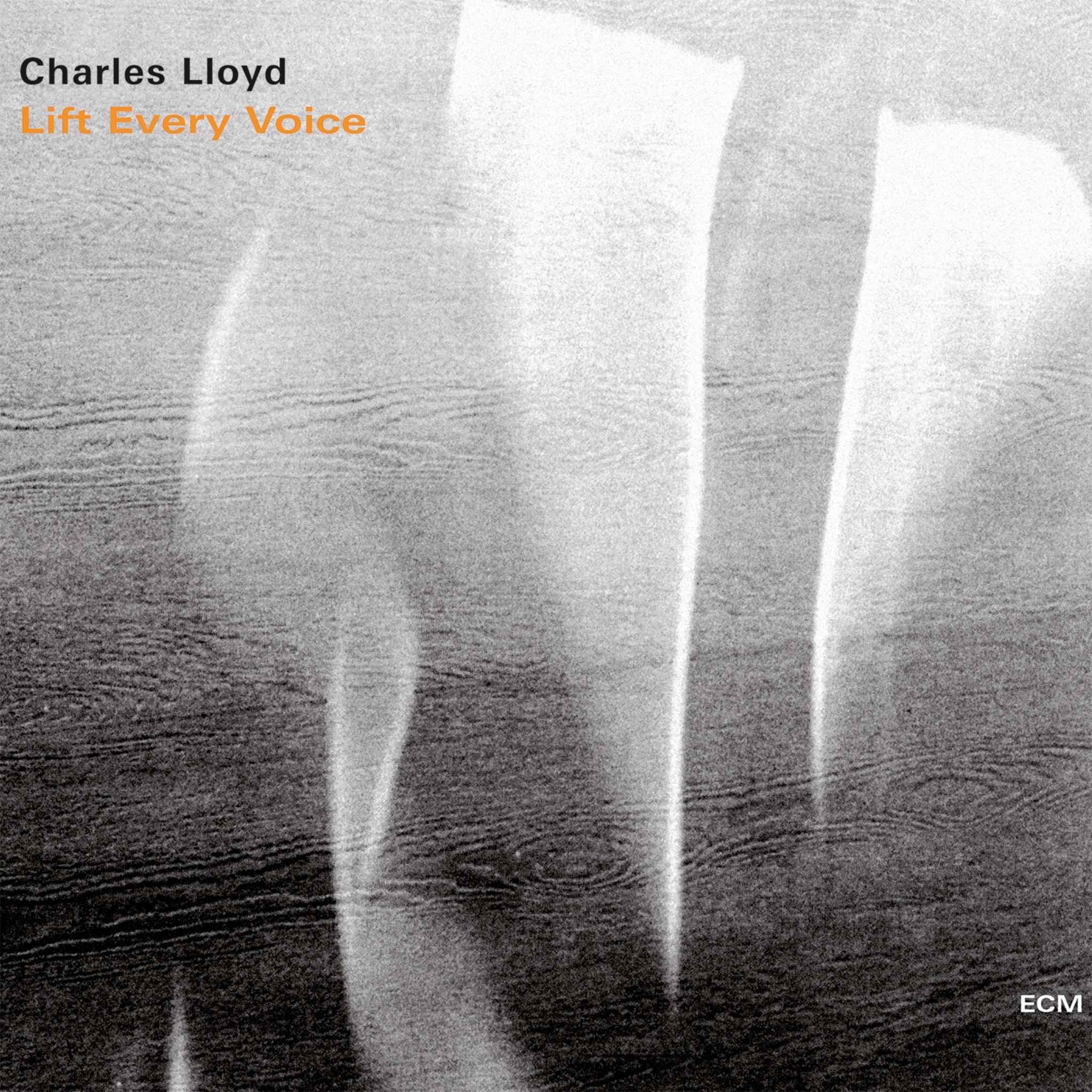Album insights
This fourth volume in the series brings us into a completely new repertoire for Gothic Voices: polyphonic masses from the fifteenth century. Observing the sound and style of an ensemble specialized in songs and adapting these works, each over twenty-five minutes in length, presents the exhilarating challenge of this music. We commence with the most famous and influential of all English masses, the Missa Caput. Following this, in Volume 5, we encounter another English masterpiece, the Missa Veterem hominem.
The anonymous English Missa Caput was highly esteemed during the fifteenth century, evident from its survival in seven manuscripts—a considerably larger number than any other pre-1480 mass. Its significance transcends merely the copies that escaped destruction. Serving as a model for other composers of the time, such as Ockeghem and Obrecht, this mass influenced a series of similar-styled masses by European composers. It introduced a fourth, deep contratenor voice to the conventional three-part structure of the period, suggesting its origins in the 1440s. This four-part idiom, precursor of our modern SATB standard, quickly spread across Western Europe, solidifying as the standard structure in musical art over approximately thirty years.
The Missa Caput was born into a world of remarkable musical fertility, a period where English music enjoyed unprecedented popularity on the European continent. The concept of basing settings of consecutive parts of the Ordinarium missae on shared musical material was still nascent, heralding a structural framework for numerous counterpoints. This mass exemplifies the fusion of monody and polyphony, creating multi-sectioned musical structures lasting up to thirty minutes, exploring avenues of musical richness and complexity.
The composition of the Missa Caput likely anticipated a performance by four singers, possibly in a primitive choir arrangement featuring additional vocalists for the high parts. The texturing of all four vocal parts during that era was a common practice in English liturgical music, enhancing the overall vocal color palette of the mass performance. This texturing was more than a mere vocalization; it provided a lush, luxurious sound fitting for important liturgical events, while the Ordinarium texts were recited by the celebrant or other clergy. By introducing vocal texts, particularly into the lower voices, the Missa Caput not only presented a colorful range of vocal timbres but also facilitated easier phrasing for singers.
Comprising five movements, many fifteenth-century masses were considered vast composition projects, offering minimal scope for interpolated singing or ceremonial elements. Presenting these masses, like the Missa Caput, to a modern audience necessitates an interplay between monody and polyphony, helping listeners navigate through the mass differently. Integrating verses of Latin songs regarding the origins of the renowned Marian antiphon Salve regina into these masses portrays the intersection of musical traditions and evinces the essence of medieval chanting culture.
The hymn Salve regina served as a focal point in medieval musical culture, performed during evening Compline prayers in numerous monasteries and churches. Tales intertwined with the hymn's origins underscored its spiritual significance, aligning with a broader tradition of poetic and musical storytelling. Comprising a selection of songs performed by vocalists and a medieval lute trio, this playlist sheds light on the evolution of English melody and counterpoint art, resonating with the opulence and sophistication found in the Missa Caput.
The source of many fifteenth-century English songs remains unknown, yet a few are credited to Richard Smert and Trouluffe, akin to the medieval counterparts of Lennon and McCartney. Notably, the Agnus Dei from the Old Hall manuscript, the oldest piece in this collection, embodies a profound love for harmony, painting a musical landscape reminiscent of the enduring color palette found in the Missa Caput.
Christopher Page © 1996

